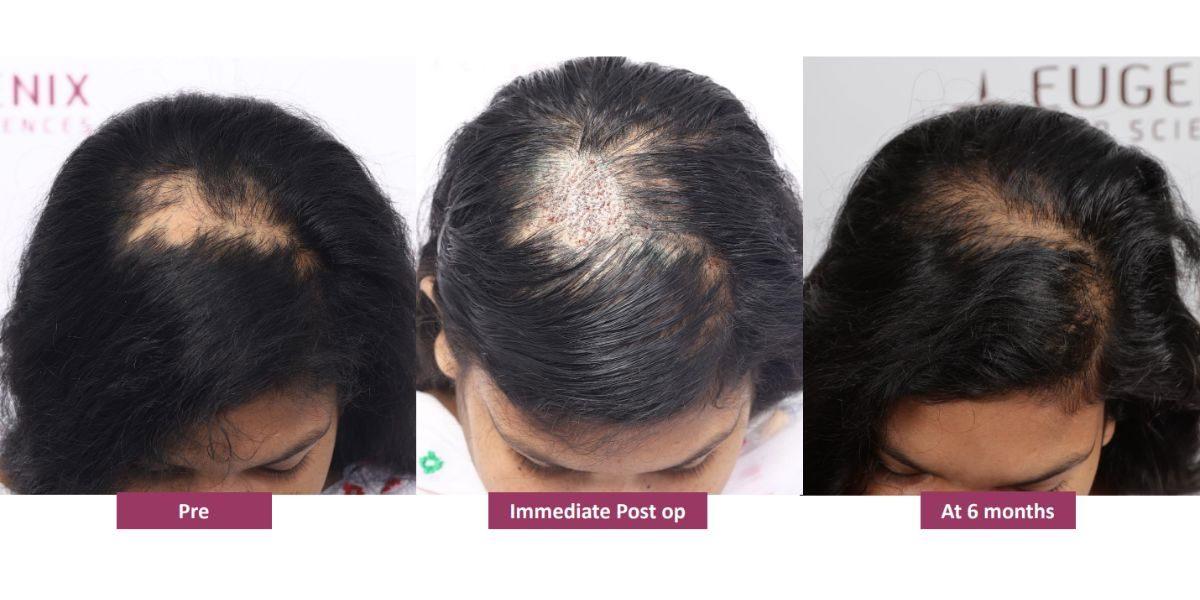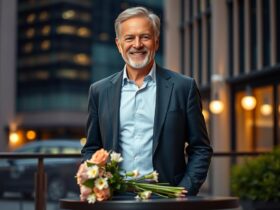
Hair Restoration for Men Over 40: Effective Solutions and Insights
As men approach their 40s, many start noticing changes in their hair, often leading to the dreaded hair loss. This can be a significant blow to self-esteem and confidence. Fortunately, there are several hair restoration solutions specifically designed for men over 40. In this article, we will explore various methods, their benefits, practical tips, and even personal experiences to help guide you on your journey towards restoring your hair.
Understanding Hair Loss in Men Over 40
Hair loss in men can occur due to various factors including genetics, hormonal changes, and lifestyle choices. By the age of 40, approximately 40% of men experience some degree of hair thinning. Understanding these underlying causes can help in choosing the right restoration method.
Common Causes of Hair Loss
- Genetic predisposition: Male pattern baldness is often hereditary.
- Hormonal changes: Dihydrotestosterone (DHT) can shrink hair follicles.
- Lifestyle factors: Poor nutrition, smoking, and stress can exacerbate hair loss.
Hair Restoration Options for Men Over 40
There are several hair restoration treatments available today, ranging from non-invasive options to surgical procedures. Let’s delve into each of these methods.
1. Hair Transplant Surgery
Hair transplant surgery involves relocating hair follicles from a donor site (usually the back of the head) to balding areas. This method is gaining popularity due to its effectiveness.
- FUE (Follicular Unit Extraction): Individual hair follicles are extracted and transplanted.
- FUT (Follicular Unit Transplantation): A strip of scalp is removed, and follicles are transplanted.
2. Minoxidil (Rogaine)
Minoxidil is an over-the-counter topical treatment that helps stimulate hair growth. It’s suitable for men of all ages but can be particularly effective for those over 40.
3. Finasteride (Propecia)
Finasteride is a prescription medicine that works by blocking DHT, helping to prevent further hair loss. It can be a beneficial solution for men over 40, especially when combined with other treatments.
4. Low-Level Laser Therapy (LLLT)
LLLT is a non-invasive procedure that utilizes lasers to stimulate hair growth. This treatment option has minimal side effects and can be used alongside other methods.
5. Platelet-Rich Plasma (PRP) Therapy
PRP therapy involves withdrawing a small amount of the patient’s blood, processing it to extract platelets, and injecting it into the scalp to promote hair growth.
Benefits of Hair Restoration for Men Over 40
Restoring hair can have profound benefits beyond just aesthetics.
- Enhanced self-esteem: A fuller head of hair can greatly improve confidence.
- Youthful appearance: Hair restoration can take years off one’s appearance.
- Improved social interactions: Feeling good about your hair can enhance your social life.
Practical Tips for Hair Restoration Success
To maximize the effectiveness of your hair restoration efforts, consider the following tips:
- Consult with a specialist: A professional can provide personalized advice based on your hair loss pattern.
- Be consistent: Follow prescribed treatments regularly for optimal results.
- Maintain a healthy lifestyle: A balanced diet, exercise, and stress management can significantly impact hair health.
Case Studies: Real-Life Experiences
John’s Journey with FUE
John, 45, noticed substantial hair loss in his late 30s. After doing extensive research, he opted for FUE. Following the procedure, he shared that:
“I was amazed at the speed of recovery and the results. Within a few months, my hair was thicker and healthier than I had imagined.”
Mike’s Experience with Minoxidil
Mike, 42, decided to try Minoxidil after seeing success stories online. He expressed how it changed his perspective on aging:
“I started seeing results in about three months. It felt empowering to take action rather than just accept hair loss.”
Conclusion: Taking Charge of Your Hair Restoration Journey
Hair restoration for men over 40 is not merely about aesthetics; it’s about regaining confidence and enhancing quality of life. Whether you choose surgical options, medications, or non-invasive methods, the key is to understand your unique situation and seek professional guidance. Remember to be patient and stay committed to your chosen treatment, as results may take time. With the right approach, you can achieve a fuller head of hair and feel younger and more confident than ever before.










